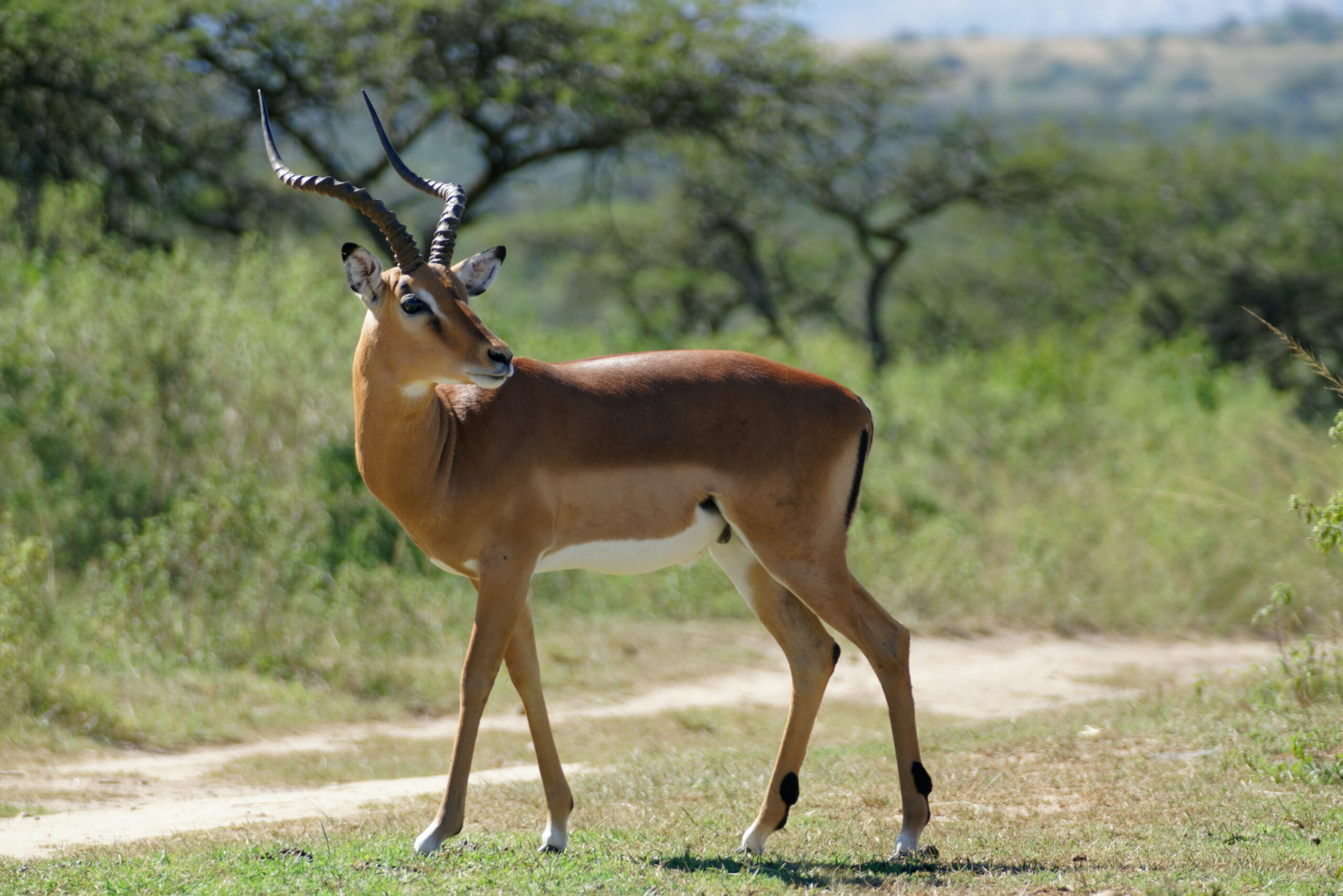Antelopes are a diverse group of herbivorous mammals known for their elegance and agility. They belong to the kingdom Animalia, the class Mammalia, and the order Artiodactyla.
With their unique adaptations and remarkable beauty, antelopes have captivated the imagination of nature enthusiasts and wildlife lovers. Found primarily in Africa, the various antelope species are part of the desired dietary consumption from lions, leopards, and other predators.
These graceful creatures permeate the grasslands grazing and keeping a watchful eye to avoid being prey themselves. Graze along with them and explore below to discover more about antelopes and their various types and discover some intriguing facts about these magnificent creatures.
Antelopes are medium-sized ungulates, typically found in grasslands and open savannahs. They have slender bodies, long legs, and distinctively curved horns in both males and females. Here are some unique characteristics that set antelopes apart:
- Speed and Agility: Antelopes are renowned for their remarkable speed and agility, allowing them to navigate through their natural habitats and evade predators swiftly.
- Horns: Antelopes possess horns, which are permanent bony structures that grow throughout their lives. Unlike deer, antelope horns are not shed annually.
The family of antelope is a diverse group with numerous species distributed across different regions of the world. There are approximately 91 recognized species, each with its own unique characteristics and adaptations.
What makes Antelopes Unique
The antelope is known for their exceptional speed, grace, and their ability to thrive in various habitats, from open grasslands to arid deserts. Their horns, striking coat patterns, and synchronized movements during migrations or group activities add to their uniqueness. Additionally, the antelope plays a vital role in maintaining ecosystem balance by influencing vegetation growth and serving as prey for predators.
Antelopes are magnificent creatures that inhabit diverse landscapes around the world. With their grace, speed, and unique adaptations, they have evolved to thrive in their respective environments.
From the towering Eland to the delicate Royal Antelope, each species contributes to the rich tapestry of Earth’s biodiversity. These creatures are graceful and agile and add to the intrigue of the grasslands like the Serengeti.
By appreciating and understanding these remarkable animals, we can foster a deeper connection with the natural world and work towards their conservation and preservation for future generations.






























































